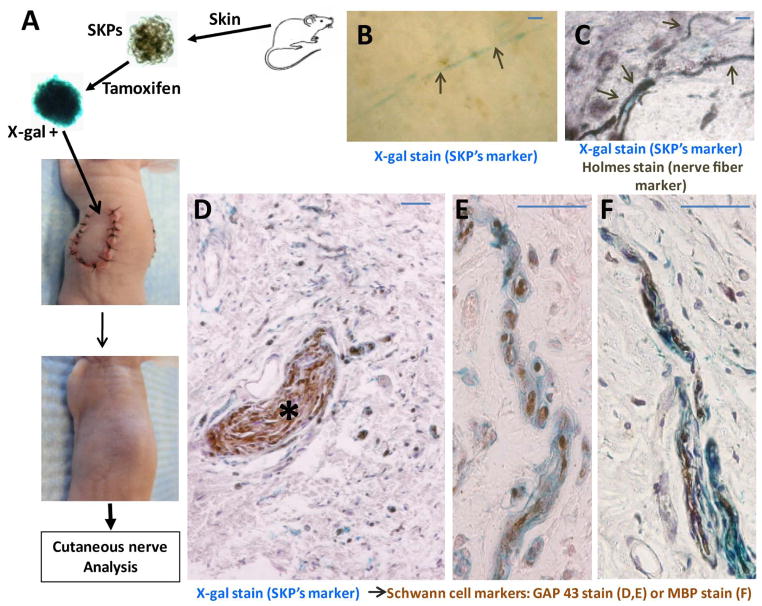Figure 5. SKPs can serve as a source of allogeneic progenitors for cutaneous nerve regeneration.
Cutaneous nerve injuries were made in athymic mice (BALB/c background) with axonal transections within the dermis through excision of a 1.5 cm circular island of skin on the back. The excised skin was then grafted autologously back into the same position. The LacZ-positive SKPs harvested from different mice (C57BL/6 background) were implanted into the graft and the wounds allowed to heal for cutaneous nerve regeneration (A). X-gal staining of the excised skin graft 4–6 weeks after implantation demonstrates LacZ-positive cutanous nerves in the grafts, where the SKPs were implanted (B, arrows). Holmes stain, a neurofibril/axon marker (C) and immunohistochemical analysis with GAP43, a Schwann cell marker (D–E) and MBP (F) establish that the LacZ-positive branches (arrows) are myelinating nerve fibers. Scale bar = 20 μm.

